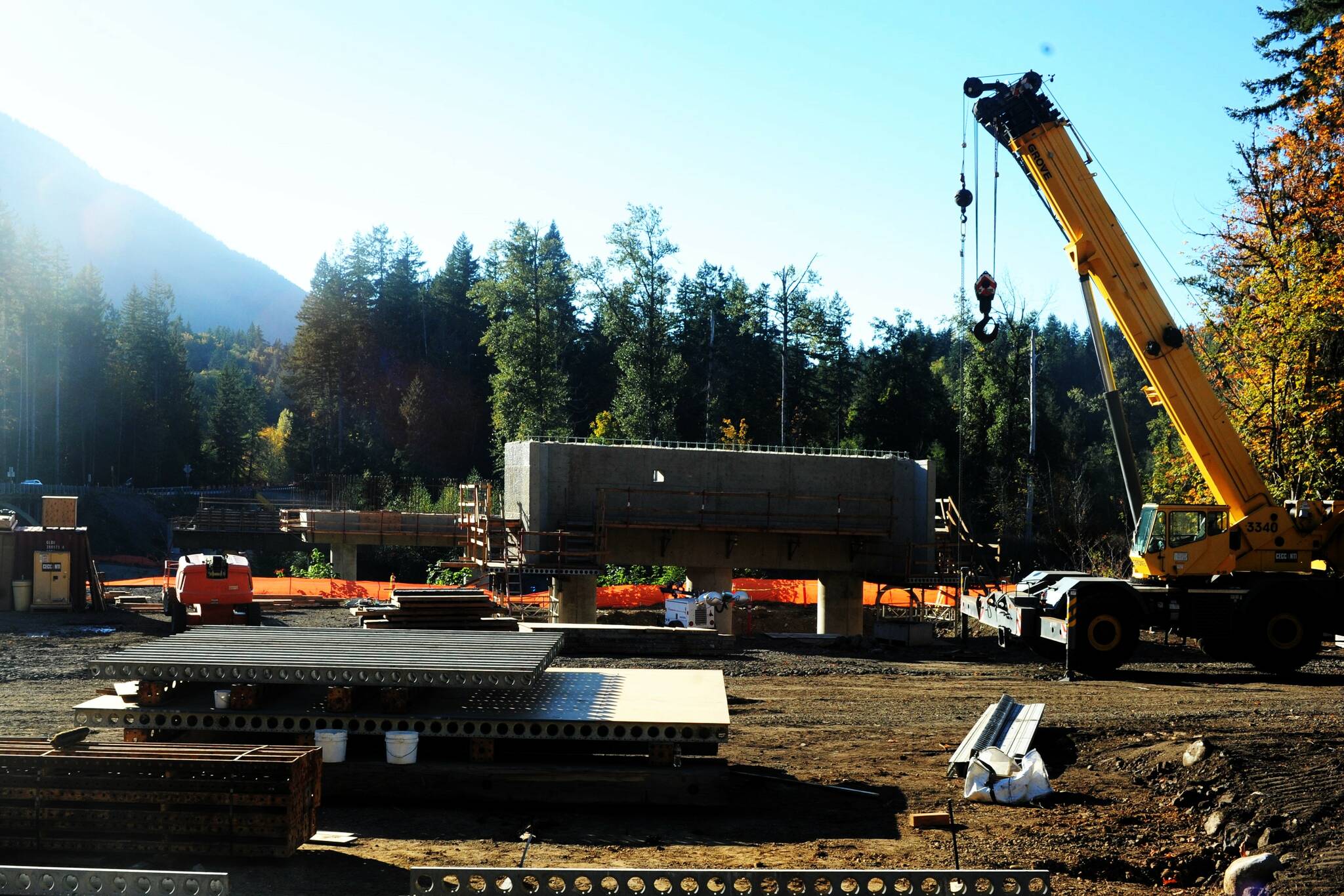Last Wednesday, county administrators and commissioners presented the preliminary Clallam County Budget at a Forks Chamber meeting. The event showcased the county’s commitment to fiscal responsibility, highlighted new leadership, and shed light on significant upcoming projects.
Clallam County District 1 Commissioner Mark Ozias, in his remarks, emphasized the impact of the new county administrator, Todd Mielke, who is already making strides in reshaping the county’s financial landscape. He noted that Mielke’s fresh perspective has led to a more creative budget approach, essential in the face of the challenges the county has experienced in recent years.
District 3 Commissioner Mike French underscored Clallam County’s long-standing commitment to fiscal responsibility. He stated, “We have a robust reserve, as it should be,” acknowledging the county’s history of prudent financial management. Despite the difficulties faced in recent times, Mielke’s hiring is seen as a positive change that promises innovation in the budgeting process.
One of the key highlights of the presentation was the breakdown of the county’s funding sources for the general fund. Taxes constitute the largest portion, making up 52 percent of the budget. These taxes include property taxes, timber taxes, and retail sales and use taxes, which are the primary revenue streams for Clallam County.
Property taxes have shown a steady growth trend of 2.24 percent since 2020. Sales taxes, on the other hand, have experienced an average annual growth rate of 9.09 percent, with a notable surge in 2020 during the pandemic when online shopping and area road projects contributed to the increase. Additionally, intergovernmental revenue from sources like timber sales and grants, including a substantial $50 million from ARPA funds, bolster the county’s financial stability.
When examining the county’s expenditure breakdown, it was revealed that 72 percent of the budget is allocated to payroll and personnel costs. Services such as public safety, administrative services, and departmental expenses consume approximately 16 percent of the budget. The proposed budget for the upcoming fiscal year totals $52.5 million, with cost increases primarily driven by wage-related expenses and a significant rise in vehicle replacement costs.
Mielke expressed concerns regarding staffing shortages, particularly in law enforcement, corrections, and prosecuting attorney positions. He noted that wages were rising faster than revenue growth, creating challenges for Clallam County, which often lags behind comparable counties in terms of revenue.
Looking ahead, Clallam County faces significant projects, including the construction of an emergency operations center, broadband expansion, upgrades to small sewer and water districts, and the future replacement and expansion of the county jail. Mielke stressed that while the county conducts salary comparisons with similar-sized counties to ensure competitive wages for law enforcement hires, they are also competing with local cities such as Port Angeles and Sequim for talent. Legislative reforms and retirements have further strained the county’s ability to fill these crucial positions.
Commissioner Ozias shared some positive news amidst the challenges, noting that robust sales tax revenues have provided additional funding, allowing for some hiring bonuses and projects like the Elwha Bridge and fish barrier replacements, have generated approximately $700,000 in annual sales tax revenue for the general fund.
The preliminary budget will undergo further review before becoming the recommended budget to be adopted in December, reflecting Clallam County’s ongoing commitment to responsible financial planning and its determination to tackle future projects and challenges head-on.



